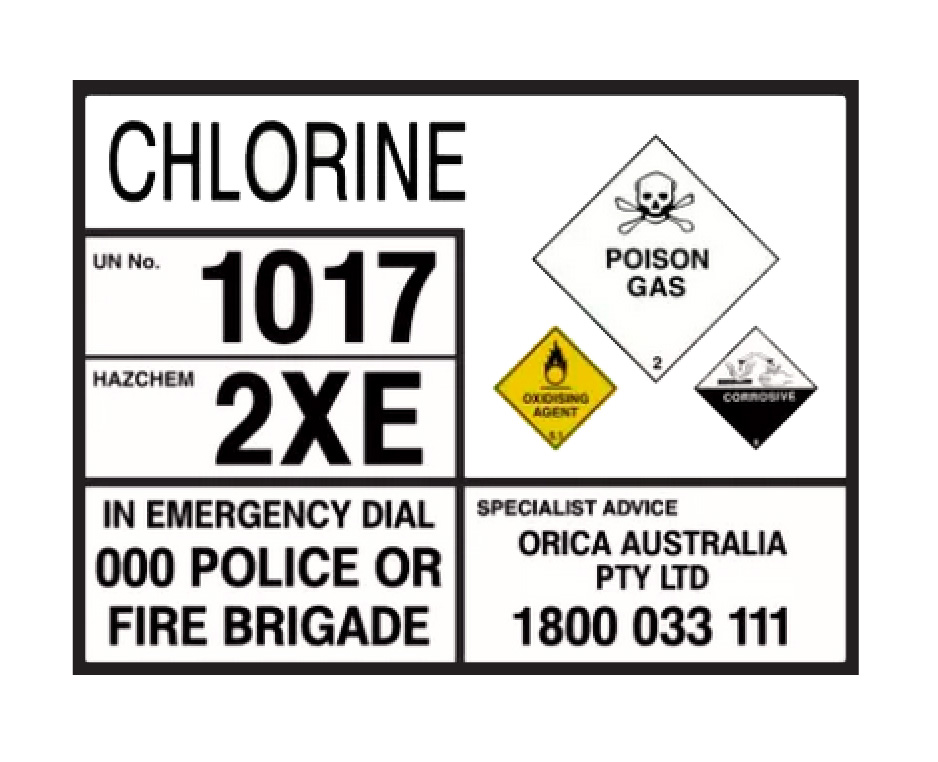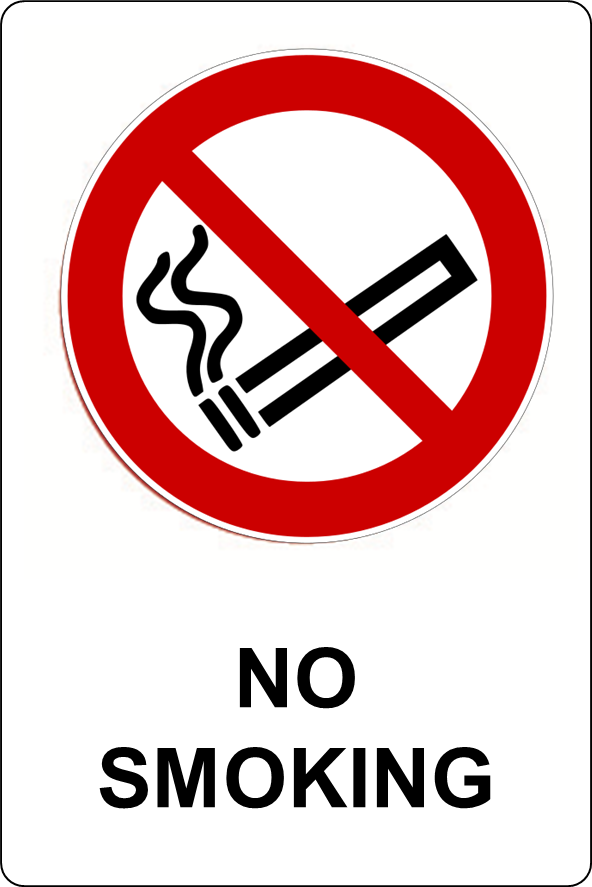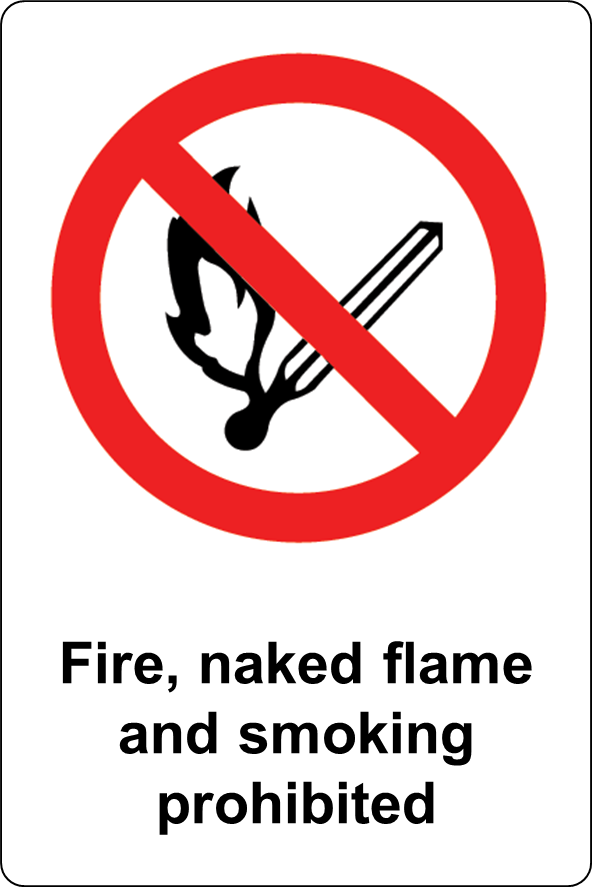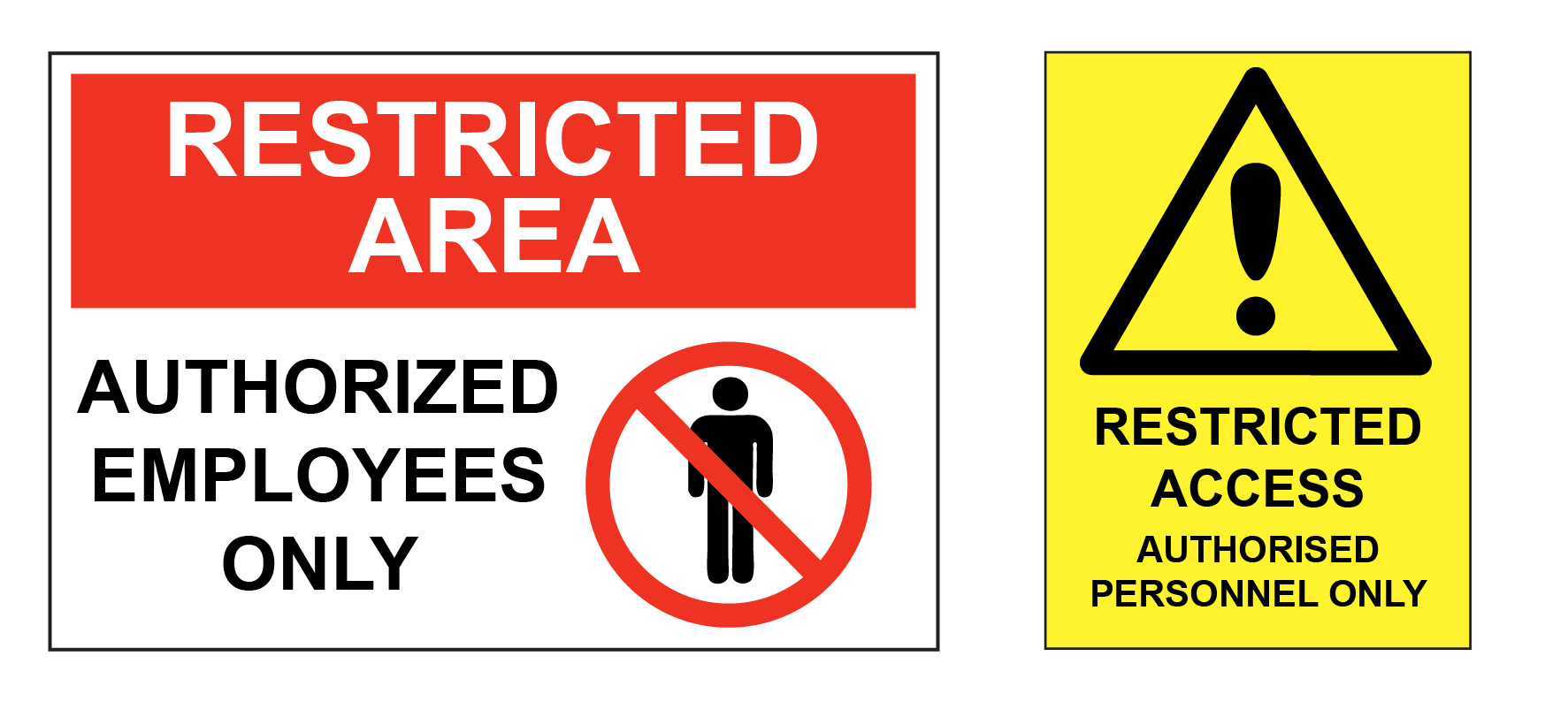AS13 - Hazardous Chemicals Signage
| Issue Date | Effective Date | Version |
|---|---|---|
| 19/09/2017 | 01/01/2018 | 1.0 |
Purpose
To establish guidance for the design of emergency exit signs in aquatic facilities.
Definitions
Placard means a sign or notice displayed or intended for display in a prominent place, or next to a container or storage area for hazardous chemicals at an aquatic facility that contains information about the hazardous chemical stored in the container or storage area.
Placard quantity means the quantity referred to in Schedule 11 of the WHS Regulations, table 11.1, column 4 for that hazardous chemical. NOTE: This schedule has been replicated in Appendix D of this G.
Regulations require that the appropriate placards be displayed at a workplace if the quantity of the various classes of Dangerous Goods that are kept, exceed a prescribed aggregate amount. State and Territory Regulations describe those quantities of Dangerous Goods that require notification by placarding and the preparation of the Manifest for the site.
Placarding
If the prescribed aggregate quantity of any one class of Dangerous Goods at a workplace is exceeded, the occupier must place Hazchem Signs (outer warning notice) at every entrance to the site.
If a workplace requires Hazchem Signs (outer warning notices) then a Composite Warning Placard is required for all storages of Dangerous Goods.
Placarding must be placed at:
- The entrance to any building in which Dangerous Goods are stored
- Within the building at the entrance to each room where the Dangerous Goods are stored
- Adjacent to external storage where Dangerous Goods are stored
Placarding must be of a sufficient size to accommodate each of the labels required. Formatting and dimensions of the placards should be in line with the various State and Territory Dangerous Goods Regulations.
Hazchem Codes
Placarding must comply with the appropriate standards to indicate the required Hazchem Code. The Hazchem Code provides advisory information to the emergency services to enable them to take appropriate action in dealing with a
| Number | Meaning | ||
| 1 | Water Jets | ||
| 2 | Water Fog | ||
| 3 | Foam | ||
| 4 | Dry Agent | ||
| First Letter | |||
| P | V | Full Protective Clothing * | Dilute |
| R | Full Protective Clothing * | Dilute | |
| S | V | Breathing Apparatus | Dilute |
| S | V | Breathing Apparatus for Fire Only | Dilute |
| T | Breathing Apparatus | Dilute | |
| T | Breathing Apparatus for Fire Only | Dilute | |
| W | V | Full Protective Clothing * | Contain |
| X | Full Protective Clothing * | Contain | |
| Y | V | Breathing Apparatus | Contain |
| Y | V | Breathing Apparatus for Fire Only | Contain |
| Z | Breathing Apparatus | Contain | |
| Z | Breathing Apparatus for Fire Only | Contain | |
| Second Letter | |||
| E | Consider Evacuation | ||
|
Note: V= Danger of violent reaction or explosion * = Full protective clothing includes Breathing Apparatus | |||
Placard Examples
Globally Harmonized System of Classification and Labelling of Chemicals (GHS)
What is the GHS?
The GHS is the single internationally agreed system of chemical classification and hazard communication through labelling and Safety Data Sheets (SDS). Currently different countries have different systems for classification and labelling of chemical products. These different systems make regulation of this hazard difficult, impose an additional burden on business and can impact on safe use at the workplace level. The GHS is published by the United Nations and includes 'harmonized' criteria for the ready classification and understanding of physical, health and environmental hazards.
What will change?
Australia will implement the GHS for workplace hazardous chemicals (both substances and mixtures) from 1 January 2017. The model Work Health and Safety (WHS) legislation introduced the GHS to replace current systems used for classifying workplace chemicals by standardising information on labels and SDS (formally called Material Safety Data Sheets (MSDS)).
Repealed by NAIC
Repealed by NAIC
Fire Safety Signage
In areas where there is hazardous chemicals additional fire safety signs should be displayed in/at or near the chemicals and at the entrance to the Pool Plant Room. This includes but is not limited to:
Restricted Access Signage
Under the provision of the various State and Territory Acts and Regulations, access to plant rooms, chemical stores and other possibly hazardous locations should be restricted to staff only. The signs should say “Staff Only” or “Restricted Access” and be compliant with AS 1319 - 1994 Safety Signs for the Occupational Environment.
Colour Codes for Chemicals
Chemicals that are being transported via pipes, conduits or ducts, need to be easily and quickly identified. As they are no longer in their storage containers, they are no longer labelled for identification. Once a chemical is not identified, there exist risks in regards to handling and or usage of this chemical. To counteract this problem, all pipes that carry chemicals in a plant room must be clearly identified in accordance with AS 1345 Identification of the Contents of Pipes, Conduits and Ducts.
AS 1345 Identification of the Contents of Pipes, Conduits and Ducts introduces a system of colour coded labelling for pipes, conduits and ducts that contain chemicals.
The table below identifies the Base Identification Colour and their uses
| Colour name and basic identification | Applications | Exclusions |
|---|---|---|
| Green - Water |
| Sewage, and other dangerously polluted waste water |
| Silver - Grey - Steam |
| |
| Brown - Oils, flammable and combustible liquids |
| Liquefied gases under pressure |
| Yellow Ochre - Gases |
| Air Highly acid or alkaline gases. |
| Violet - Acids and alkalis |
| |
| Light Blue – Air |
| |
| Black - Other liquids |
| Corrosive materials Flammable or combustible material |
| Red - Fire services |
| Electrical supply Communication circuits |
| Orange - Electrical power |
| Extra-low voltage circuits |
| White - Communications |
|
Below is Pipe Colour Codes specific to the aquatics industry.
| Chemical | Colour Code |
|---|---|
| Sodium Hypochlorite | Violet |
| Water | Green |
| CO2 | Yellow |
| Chlorine Gas | Violet |
| Ozone Gas | Violet |
Pipe Markers
A pipe marker can be either a rectangular label which can be attached to the pipe, or information sign-written onto the pipe. The words shall indicate the contents of the pipe and if required, a particular hazard associated with that pipe that needs to be in black or white lettering.
The background colour, in a block large enough to contain the lettering should be the base identification colour for the contents of the pipe, and should have a contrasting border.
The marker should also contain a chevron or an arrow to indicate flow direction if applicable.
For design, colour and sizing specifications and location criteria, please refer to AS 1345 Identification of the contents of pipes, conduits and ducts.
References
- Safe Work Australia – Managing Risks of hazards Chemicals in the Workplace – Code of Practice July 2010
- ISO 7001 Graphic Symbol – Public Information Symbols
- AS 1319-1994 Safety Signs for the Occupational Environment
- WA Department of Health, Code of Practice for the Design, Construction, Operation, Management and Maintenance of Aquatic Facilities. 2011, Western Australia Department of Health.
- WA Government, Dangerous Goods Safety (Storage and Handling of Non-explosives) Regulations 2007. 2007, Western Australia Government.
- WA Government, Dangerous Goods Safety Act 2004. 2004, Western Australia Government.
- Qld Government, Codes of Practice 2003. 2003, Queensland Government.
- Qld Government, Dangerous Goods Safety Management Regulation 2007., Queensland Government.
- Tas Government, Dangerous Goods (Road and Rail) Regulations 2010. 2010, Tasmania Government.
- NSW Department of Health, Public Swimming Pool and Spa Pool Guidelines. 1996, Department of Health New South Wales.
- NSW WorkCover, Control of Workplace Hazardous Substance Code of Practice 2006. 2006, WorkCover NSW.
- NT Government, Dangerous Goods Act. 2006, Northern Territory Government.
- NT Government, Dangerous Goods Regulations. 2007, Northern Territory Government.
- Vic Government, Dangerous Goods Act 1985. 1985, Victoria Government.
- Vic Government, Dangerous Goods (Storage and Handling) Regulations 2012. 2012, Victoria Government.
- SA Government, Dangerous Substances Regulation 2002. 2002, South Australia Government.
- ACT Government, Dangerous Substances (General) Regulation 2004. 2004, ACT Parliamentary Counsel.
- ACT Government, Public Pools Act 2015. 2015, ACT Parliamentary Counsel
Previous Versions
- TO12 Pipe Markers 1 July 2005, Issue 1
- TO11 Colour Codes for Chemicals 1 July 2005, Issue 1
- TO10 Other Signage for Plant Rooms1 July 2005, Issue 1
- TO5 Placarding 1 July 2005 Issue 1







